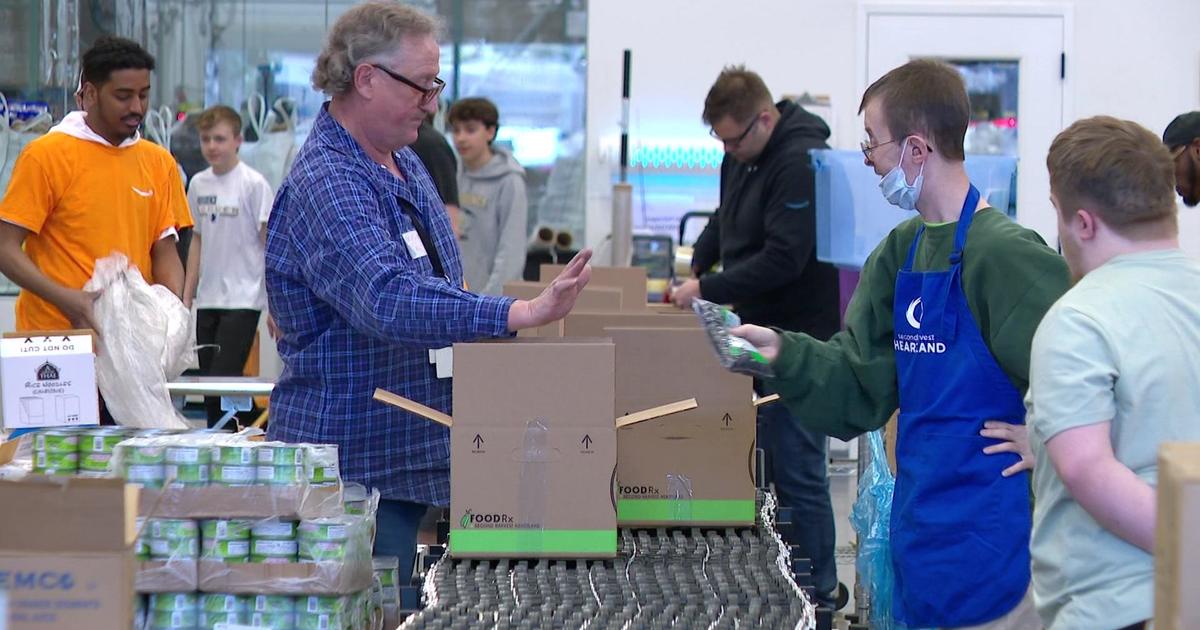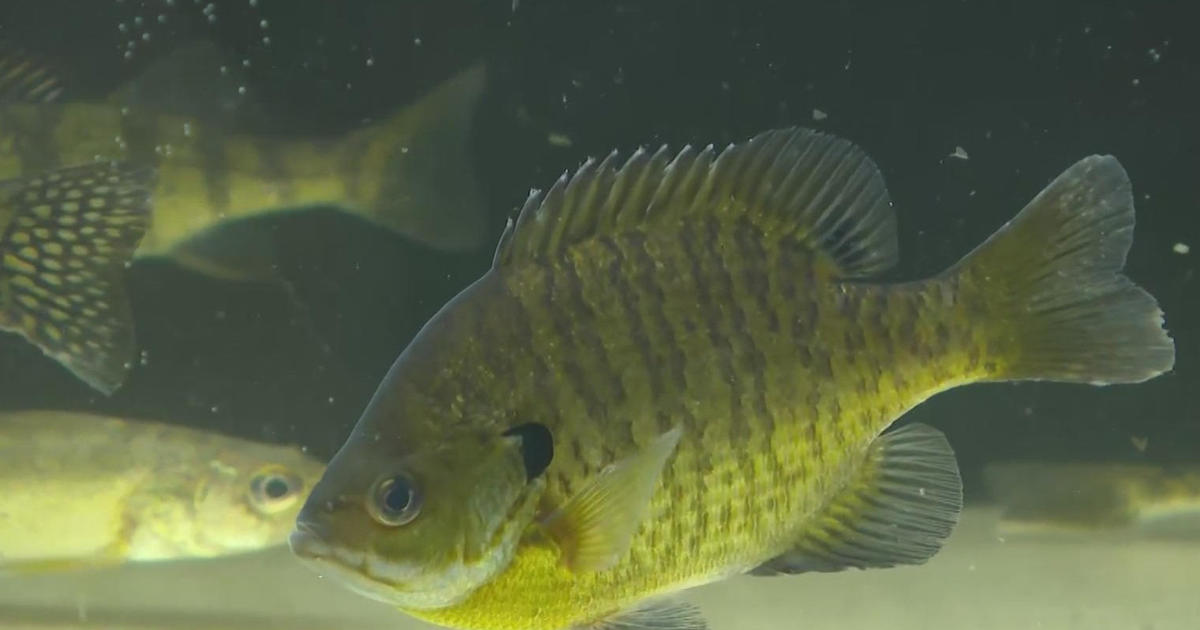How To Survive If Your Car Goes Into The Ice
MINNEAPOLIS (WCCO) -- With warmer weather in the forecast this weekend, law enforcement are putting out a reminder of the dangers of thin ice.
This winter has been the deadliest year on frozen lakes and rivers in six years.
Five people have died and a sixth is still missing.
WCCO sent a car in the water to show how to survive.
Ruth Beland has never been one to stay indoors during the winter months. She travels the walking path by the Mississippi River several times a week.
But three weeks ago, the familiar gave way beneath her feet.
"I wasn't paying attention and stepped into the snow mound and one leg went in and I went totally in," said Beland, who went through the ice in February.
She was up to her shoulders in freezing water.
"I think my first thought was, 'oh my gosh, I have to get out of here,'" Beland said.
It's a scenario that plays out on lakes and rivers every winter.
That in mind, there's one small device that can make all the difference.
Ice picks make it easier to pull yourself out, if you fall through.
"Use those ice picks by pushing them in the ice to help get you on the ice," said Kara Owens, of the Minnesota Department of Natural Resources.
If ice picks aren't handy, use your legs to save your life. Kick, continuously, to propel yourself onto solid ice.
"You want to get out of that water, as soon as you can, because, hypothermia affects everyone differently," Owens said.
Beland was lucky -- she pulled herself to safety.
"I've learned a lesson for sure. I'll definitely be more cautious and conscious of where I'm walking if I'm on the ice," she said.
But there are stories that don't end in survival.
"It's an eerie feeling losing your best friend," said Bryan Swanson, whose best friend died on Lake Minnetonka.
Swanson visits Gray's Bay, on Lake Minnetonka, nearly every week.
It's where his best friend, Harland Dietrich and Dietrich's grandmother, Mary Ann Haram, spent their final moments in early February.
"It's my understanding, he came in and went in, right there, at the beginning of the channel," as he pointed to the channel on Lake Minnetonka.
They were among the five to die while driving on frozen waterways this year and why law enforcement saw an opportunity to save lives.
"It's very frustrating, because we do everything we can to ensure there are no fatalities on the ice," Owens said.
The effort took us to White Bear Lake, where the company "Wee Kut Ice" cut through the 12 inches of ice.
Over two days, the Ramsey County Sheriff's Office, Minnesota DNR, White Bear Lake Fire, Mahtomedi Fire and Twin Cities Transportation and Recovery volunteered their time, offering a car, divers and man power.
The idea, if you can't stop people from driving on the ice, show them what to do if they fall through.
"Honestly, I think people think it can't happen to them. They think they can drive on the ice and they'll be fine," Owens said.
The first rule of survival: Roll down your windows and unlock your door before you drive on the ice.
The second rule of survival: Try to get out of the vehicle as soon as it hits the water.
"Don't sit and call 911. Get out of that car and the call for help," Owens said.
The open window gives a quick escape route. We were able to escape the sinking car in 10 seconds.
A little over a minute later, the cab was full of water.
We sent the car in a second time, to give another perspective on why an open window can save your life.
Once the vehicle is in the water, the water pressure keeps the door from opening.
That's time wasted when seconds matter.
"Get out of the vehicle. The most important thing is get out of the vehicle," Owens said.
Even with the warnings, the frozen lakes remain a powerful lure.
But for Swanson, the ice will always be a reminder of the friend who didn't walk away.
"I don't know if I'll ever get over this," he said.
The most recent year with no ice-related deaths is 2009.
In the 10-county metro area, there have been 25 vehicles through the ice this winter.
Law enforcement want to remind people that no ice is 100 percent safe.



